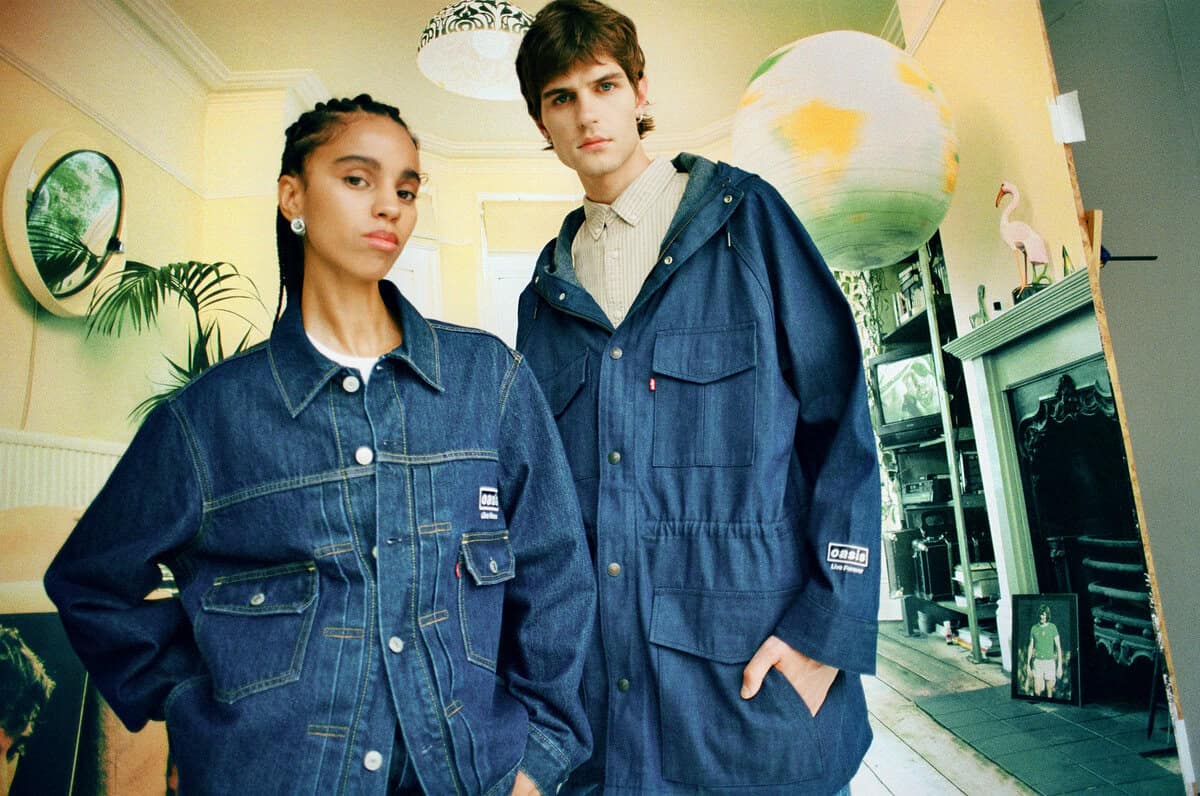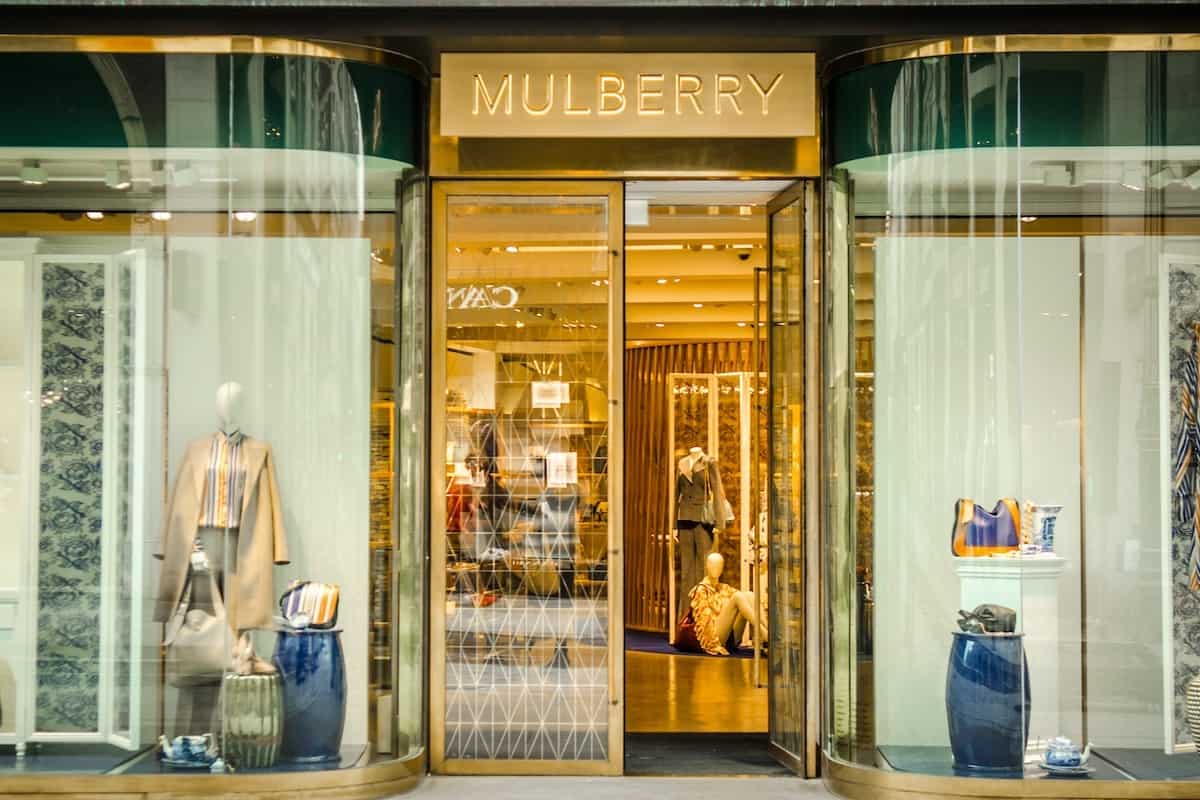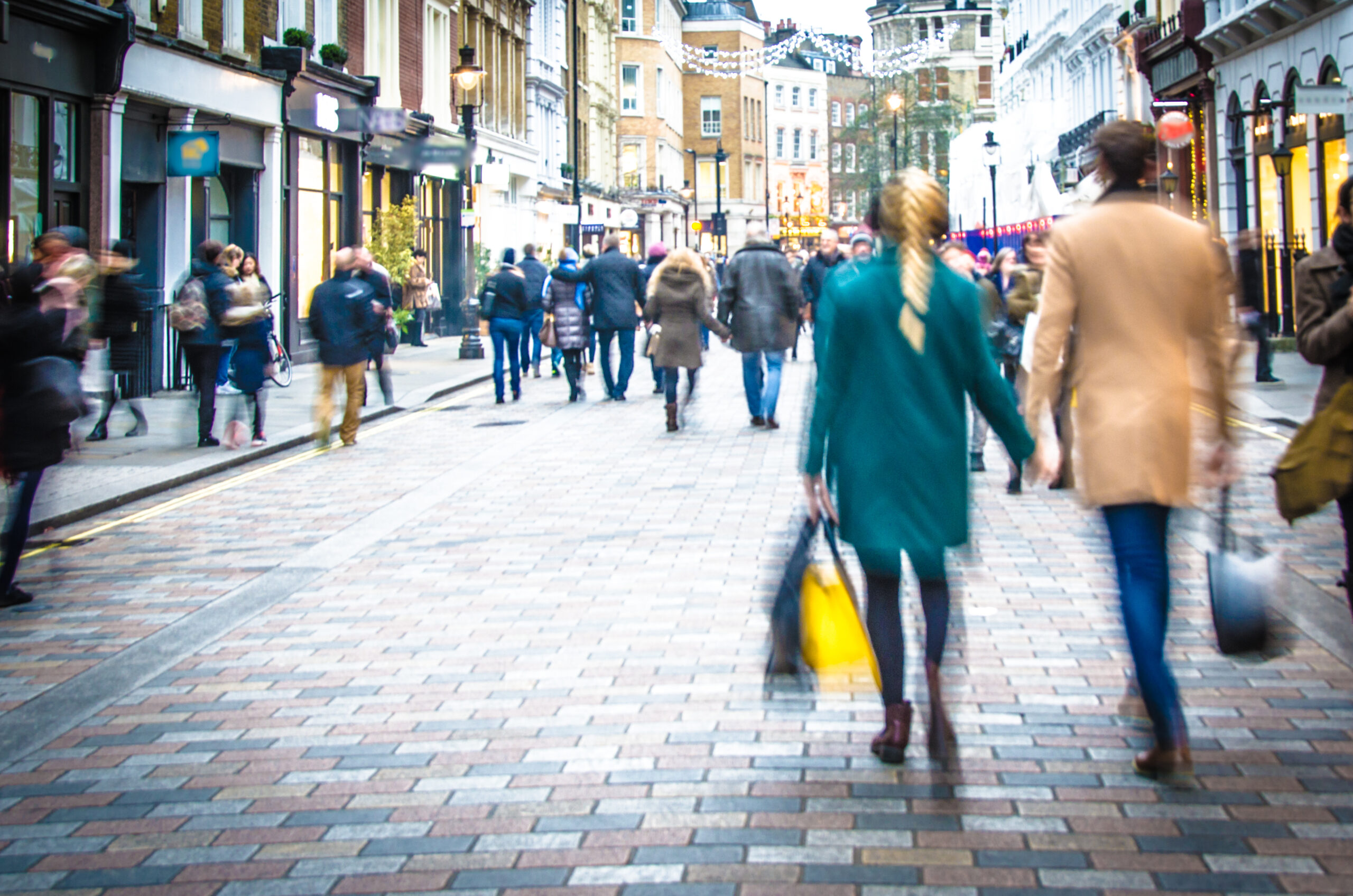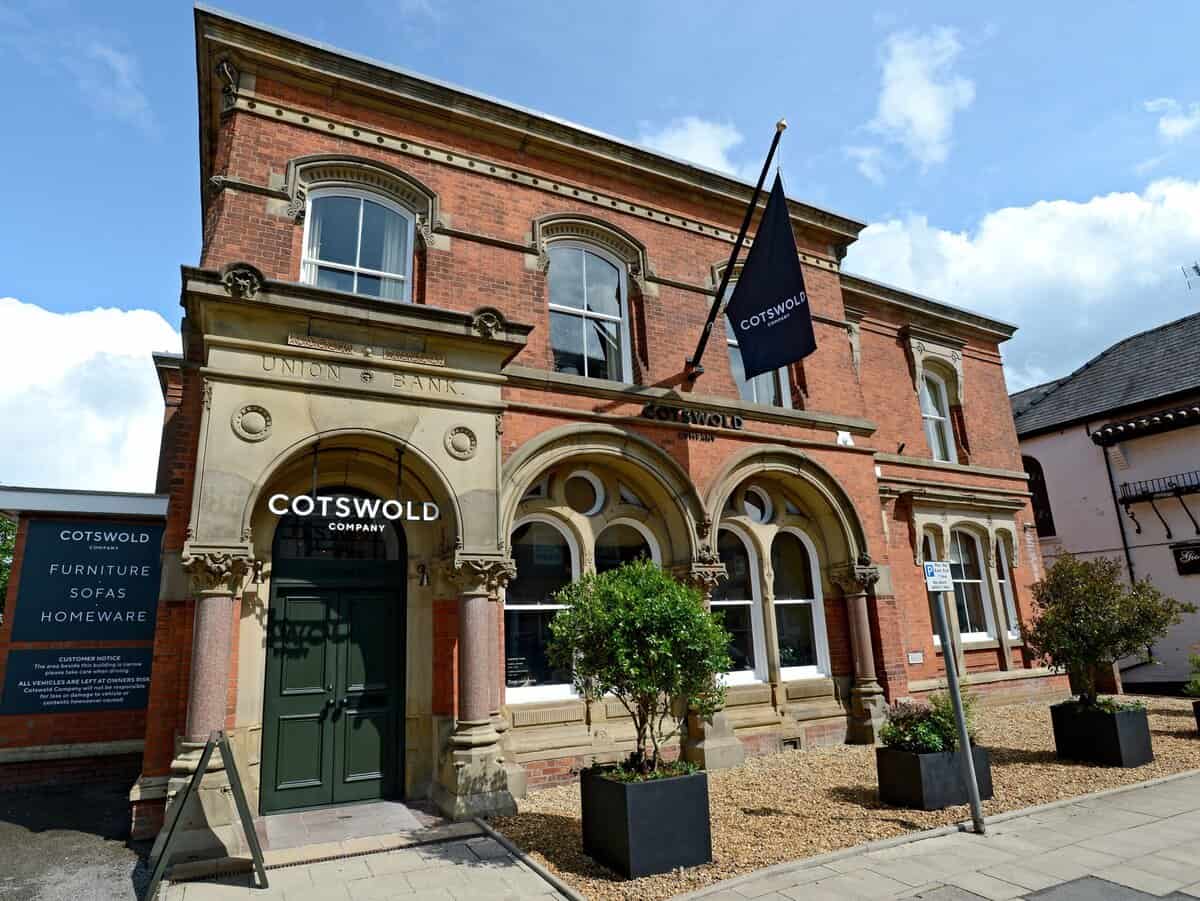The bounce in Easter shopping in the High Street failed to materialise, but it has been a boon for mobile.
According to stats from PCA Predict over the Easter holiday, there was a real shift toward mobile purchases compared with last year’s figures across devices. Based on its ecommerce trends insight tracker, the highest growth in ecommerce sales was at 6am on Friday (67% increase from 2016) to beat the holiday rush and cash in on sales.
By Sunday, people relied more heavily on their mobile devices throughout the day, ditching their computers and tablets, which had no more than 9,000 consumers purchasing per hour, for smartphones, which saw nearly 20,000 consumers per hour on Monday night.
“While computers remain the dominant tool for online shopping, we will continue to see upticks in mobile ecommerce and a decline in traditional e-shopping trends as mobile becomes increasingly accessible to consumers throughout the UK,” says Chris Harle, Chief Operating Officer of PCA Predict. “Right now, most people shopping online are from London or the Northwest. Tapping into potential consumer bases in Northern Ireland and Wales could cause another serious upswing in purchases.”
Despite this swing to mobile, the High Street did see a small bounce. The number of visitors to the high street was up by 1.2% between Good Friday and Easter Sunday, according to Springboard [IRDX VSPR], while on Easter Monday footfall was up by 3.4% at midday. But that contrasts with Springboard’s own forecasts of an 8.8% rise in footfall over the Bank Holiday weekend. Where it had expected to see a rise of 5.4% in overall footfall, including to shopping centres and out-of-town retail parks, actual visitor numbers over the weekend were down by 2% on last year. Retail park footfall was down by 2.3% over the weekend, while shopping centre footfall was down by 8%.
Diane Wehrle, insights director at Springboard, said: “The results to date are in part due to the shift in weather compared to last year; Good Friday was exceptionally warm and sunny – better than this year – but windy and rainy for the rest of the weekend, compared to this year’s sunny and mild weather.”
She pointed to a trend for increased footfall outside of retail hours, suggesting shopper numbers were driven by food and drinks outlets. On Good Friday, footfall dropped -8.2% between 9am and 5pm, year on year, but post 5pm dropped just -1.3%. On Easter Saturday, footfall increased +1.3% between 9am and 5pm and a further +18.9% after 5pm.
This is backed up by Barclaycard figures, which showed a rise in transactions over the weekend, with online and high street sales up by 13% in number, and by 4% in value, during the first two days of the holiday, Good Friday and Easter Saturday, compared to the same days of the Easter holiday last year. The number of online sales alone were up by 26%, while the volume of in-store transactions rose by 14%.
Paul Lockstone, managing director at Barclaycard, says: “Early signs indicate that the Easter ‘bounce’ retailers hoped for this year has indeed materialised. A comparatively milder and later holiday weekend prompted consumers to make more purchases, although the lower rise in transaction values suggests part of the appeal was down to the discounting seen across the high street. This may have also counteracted increased prices elsewhere.
“Easter spending also reflected the prevailing trends we’ve seen over the past 12 months, with stronger growth online than in-store and a preference to spend on leisure time rather than material goods, continuing the growth of the ‘experience economy’.”








